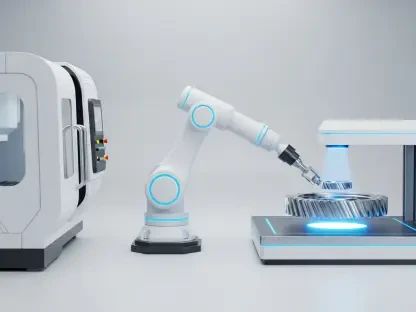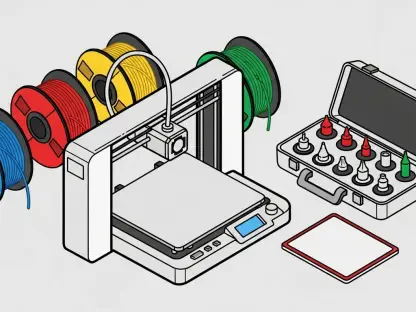Fujifilm Corporation has orchestrated a significant shift in its life sciences sector, reshaping the biotech landscape with its strategic rebranding. This move promises to streamline operations from research through clinical and commercial stages, enhancing service delivery and redefining industry standards. The restructuring of key subsidiaries heralds a future where innovation, efficiency, and regional expansion forge dynamic pathways in biotechnology.
Unpacking the Rationale Behind Fujifilm’s Major Investments
Fujifilm’s journey in life sciences reflects a consistent commitment to advancing biotechnology over the years. This transformation was marked by a staggering $10 billion investment to refine and expand capabilities. Key players like Fujifilm Irvine Scientific and Fujifilm Diosynth Biotechnologies have been instrumental in this expansion, paving the way for the newly established Fujifilm Biosciences and Fujifilm Biotechnologies. Their roles underscore the importance of specialized expertise in technology convergence and knowledge application across the industry.
Streamlined Operations Poise to Unleash Biotech Potential
Subsidiary Focus and Regional Expansion
The rebranding introduces focused subsidiaries designed to address specific industry needs: Fujifilm Biosciences emphasizes research reagents and cell culture materials, while Fujifilm Biotechnologies dedicates itself to CDMO services, including biologics and vaccine manufacturing. This targeted specialization not only augments Fujifilm’s capacity but also positions it to cater to diverse market needs with ambitious plans for bioreactor deployments across Europe and the U.S.
Embracing Modular Design for Operational Agility
An integral part of Fujifilm’s strategy is the adoption of modular designs in its facilities. This approach aims to ensure operational uniformity and fluid transitions between development stages—pioneering an innovative standard in industry processes. Despite looming challenges, including maintaining regulatory compliance in varied environments, analysts are optimistic about the efficiencies and reduced lead times achievable through this method.
Navigating Regional Specificities and Innovative Methodologies
In forging this bold path, Fujifilm expands into new territories, addressing regional disparities in biotech ecosystems. The integration of digital and automated manufacturing is anticipated to foster seamless operations amidst differing regulatory landscapes. By adopting a regionally tailored strategy, Fujifilm strives to harmonize innovation with localized expertise devoid of common industry misconceptions, to achieve sustained progress.
Forecasting Transformations in Biotech Processes
The ripple effects of Fujifilm’s strategic rebranding are anticipated to resonate throughout the biotech industry. Continual investment and modular strategies can potentially catalyze advancements in manufacturing processes, possibly reshaping economic prospects in the sector. With large-scale investments in bioreactors and evolving regulatory environments, Fujifilm’s approach could lead to dynamic transformation in how businesses adapt to these shifts.
Insights and Strategies for Biotech Professionals
This rebranding operation offers various insights for industry professionals aiming to carve a niche in biotech. Emphasizing specialization and modularity suggests methods for maximizing efficiency and fostering innovation. Remaining attuned to regulatory changes and cultivating regional expertise are vital strategies that could inform long-term success, with Fujifilm’s experience serving as a guiding framework for administrative and operational restructuring in the biotech domain.
Reflecting on the Implications of Fujifilm’s Transformation
In retrospect, Fujifilm’s initiative has precipitated significant changes in biotech development, embodying a forward-thinking approach that could influence industry trends for years. The shift toward modular operations and focused specializations demonstrates the necessity for adaptive strategies in evolving market structures. As these expansions and technological advancements continue, stakeholders are compelled to leverage these insights for strategic growth, enabling sustainable progress within a challenging and competitive landscape.









